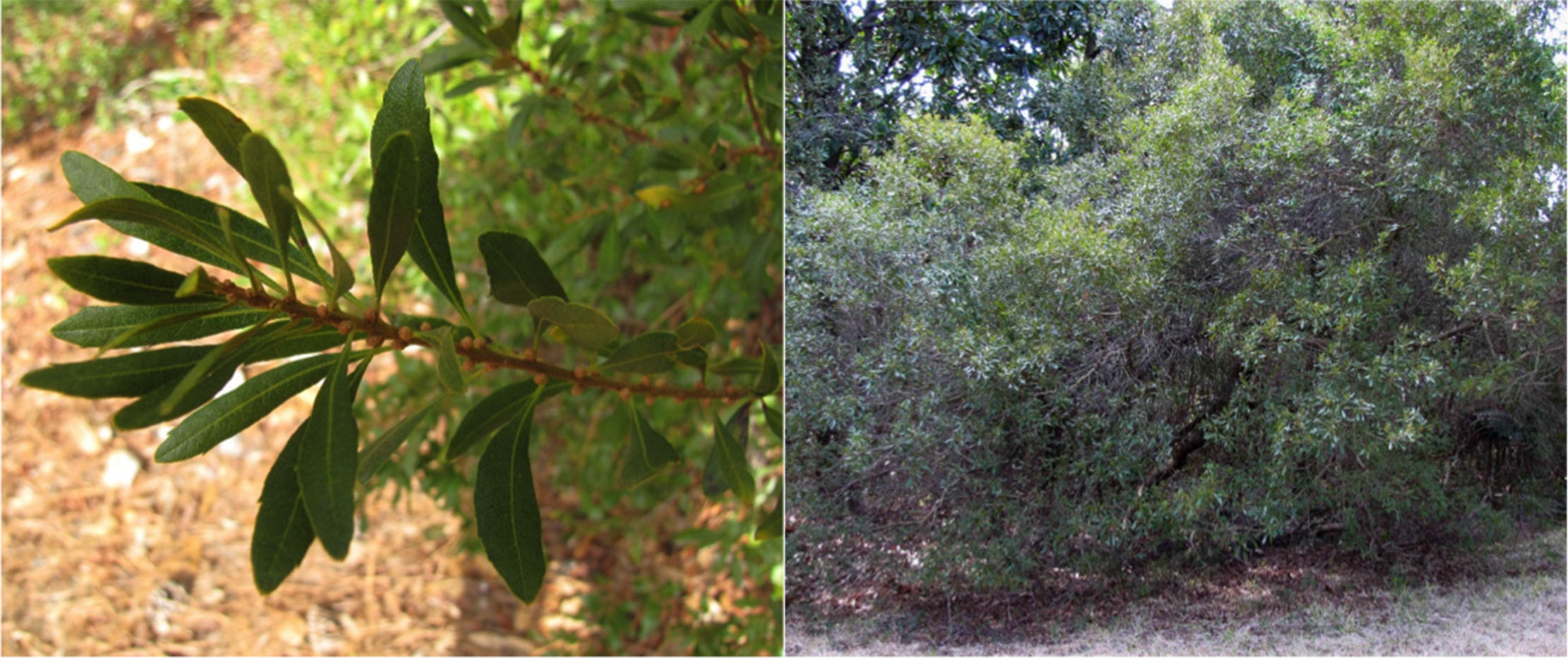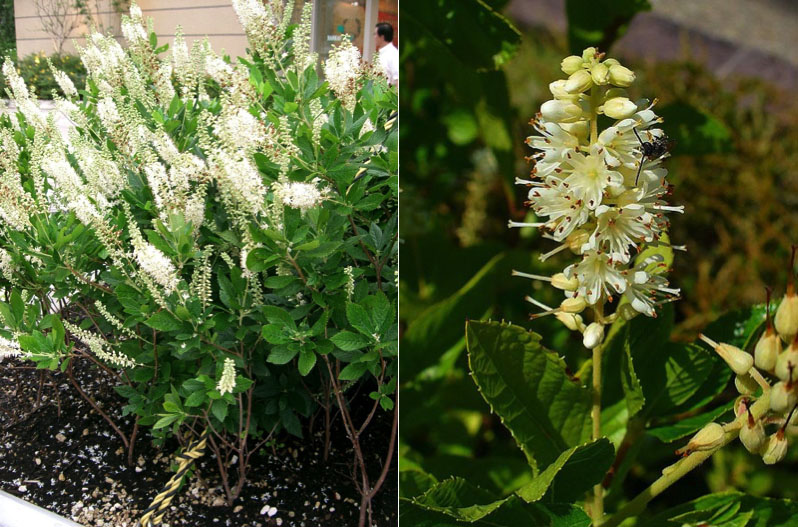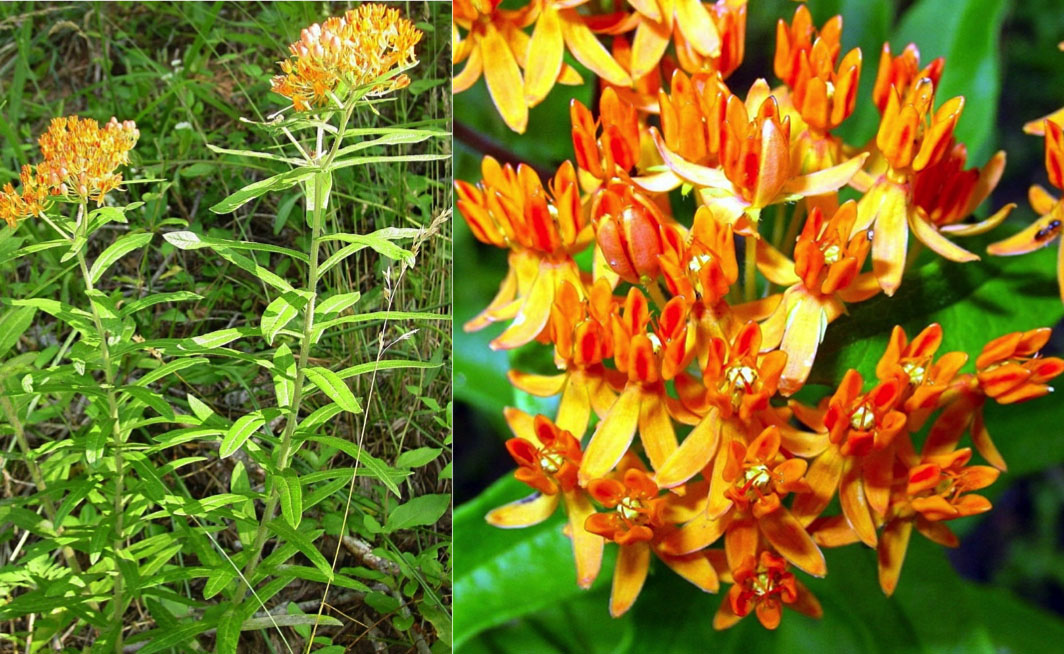Editor’s Note: Emma Bouie is a 2017 North Carolina Sea Grant coastal landscape restoration summer intern. Her research is funded by AmeriCorps, United States Forest Service, Conservation Trust for North Carolina and North Carolina Sea Grant. Special thank you to the North Carolina Native Plant Society for their photos.
Would you believe me if I told you North Carolina’s coastal native plants are quite impressive? Too bad they can be so hard to find!
As an intern with North Carolina Sea Grant, I joined Gloria Putnam, coastal resources and communities specialist, and Jane Harrison, coastal economics specialist, on a mission to obtain information about native plant supply and demand on the coast. We interviewed nursery owners and managers in Carteret and Onslow counties, and became aware of the importance of — and difficulty in sourcing — native plants.
Native plant is not a term you hear in everyday conversation. Many people are unaware that native plants can increase biodiversity and attract pollinators to your yard. Chosen wisely, native plants can be appealing and showy, similar to popular nonnative ornamental plants.

Left to right: Gloria Putnam, Emma Bouie and Jane Harrison in front of Redfearn Nursery.
Allen Redfearn from Redfearn’s Nursery in Cedar Point gave us valuable insight on native alternatives that can be of use and aesthetically pleasing to coastal homeowners. Redfearn mentioned plants such as eastern red cedar and live oak are hardy, storm- and wind-resistant plants. Unfortunately, these natives are not in high demand among his customers, he noted. Peggy Beane and Susan Patton, Lowe’s Home Improvement live nursery specialists in Cape Carteret and Morehead City were interested in promoting native plants, but they have few in stock.
By visiting the nurseries, I learned availability and consumer demand play a vital role. Some native species are difficult for nurseries to obtain or sell. I left with more knowledge of the benefits and uses of coastal native plants, as well as the obstacles to stock and sell them.
This information is a great source for developing an educational program to promote the supply and demand of coastal native plants. Using the data collected and additional resources, I can create outreach material that will be informative for nursery staff and homeowners alike.
Yet, native plants are more than meets the eye. Plants native to coastal North Carolina can provide additional advantages like security and utility in your landscape. Here are some coastal natives to consider:
Wax Myrtle Morella cerifera

Photos courtesy North Carolina Native Plant Society. Wax Myrtle Morella cerifera.
Wax myrtle is an evergreen shrub native to coastal North Carolina. It can grow up to twelve feet tall, providing a great screen between you and any nosy neighbors. Wax myrtle has soothing, light olive-green foliage and a spicy fragrance. If the height of the plant is too overwhelming for your liking, wax myrtle is also available as a dwarf variety, growing 6 feet tall or less.
Clethra Clethra alnifolia

Clethra alnifolia in full bloom. Photos courtesy Creative Commons.
Clethra is a beautiful shrub that blooms an elegant white or golden yellow from June to August. Clethra provides two food sources — nectar and seeds — for hummingbirds. You can expect some feathered friends with this plant in your yard. The roots of this plant provide moderate erosion control along streams and ponds.
Butterfly Milkweed Asclepias tuberosa

Photos courtesy North Carolina Native Plant Society. Butterfly Milkweed Asclepias tuberosa.
Butterfly milkweed may grow to a maximum of 2 feet tall. This plant will catch the attention of neighbors and attract butterflies. Butterfly milkweed is easy to grow and low maintenance. Drought and deer-tolerant, this plant is a great bang for your buck. If you have an interest in butterflies, or want some extra attention to your yard, butterfly milkweed is a plant you must buy.
During the interviews, we discussed aggressive invasive plants. These species were introduced to an area outside of their native habitat — and spread to an extent that they threaten or damage native species and habitat. The number of aggressive invasive plants is staggering, but consumer awareness of the damage they cause is low. Here are a few invasive plants mentioned by the nurseries to avoid:
English Ivy Hedera helix

English Ivy Hedera helix. Photos courtesy North Carolina Native Plant Society.
English ivy is a leathery evergreen plant that will take over your yard. It is aggressive and threatening to all types of plants and open areas. The vines climb up tree trunks, blocking sunlight from the host tree and other plants in your yard. Inhabiting pests and rotting of the host tree can also occur. Trees exposed to the heavy weight of English ivy vines may become susceptible to blowing over in storms.
Mimosa Albizia julibrissin

Photos courtesy North Carolina Native Plant Society. Mimosa Albizia julibrissin.
The mimosa tree is an invasive plant that can grow up to 50 feet tall. It will resprout when cut down or damaged, thus making it a difficult plant to remove. This tree takes advantage of sunlight, blocking sun exposure for other plants.